Contents
If you own a motorcycle or are thinking about getting one, the most important thing to understand is the concept of overheating, often caused by improper oil usage. Oil is the lifeblood of an engine, used both to lubricate moving parts and to cool internal machinery. If the oil is too hot, the bike will likely overheat, causing you at best a headache and at worst catastrophic injuries. Therefore, an oil cooler will be your best friend in protecting both yourself and your bike.
An oil cooler consists of tubes lined with heat-absorbing fins that strip motorcycle oil of excess heat to avoid damage. Oil cooler kits can be purchased online and installed by a mechanic.
Before installing an oil cooler on your motorcycle, it’s important to know other relevant information such as whether an oil cooler is a right choice for you, how to tell if you need a cooler, and where to purchase one. If you don’t choose the proper cooler for your specific bike, you risk damage to your engine as well as a shorter lifespan overall. This post will cover the three different cooling systems, some of the highest-rated oil coolers on the market, and a step-by-step guide to installing your own oil cooler right at home.
Everything You Need to Know About a Motorcycle Oil Cooler
No products found.
An oil cooler is actually a pretty simple piece of machinery. It’s small, consists of several vertical or horizontal grates, and is typically made of aluminum. The purpose of the cooler is to circulate engine oil before it flows into the rest of the bike to lubricate various moving parts. Without any type of cooler, the oil used in your bike will likely overheat from the amount of friction the engine produces while operating. The oil actually serves a dual purpose for both lubricating the moving parts and keeping the bike cool enough to use.
Oil hoses are directly attached to the oil cooler radiator to ensure direct flow. The oil flows into the cooler, circulates through tubes lined with heat-absorbing fins that remove any extra heat from the oil, then flows out of the cooler and through the rest of the bike. It’s a simple process, yet one that’s incredibly important.
The Different Types of Cooling Systems
There are three types of motorcycle cooling systems: air-cooled, air/oil-cooled, and liquid-cooled. Each has its own benefits and drawbacks; it’s all up to personal preference.
Air-Cooling
This is the simplest of cooling systems, in which air passes through the outer casing of the engine to dissipate any extra heat. Air-cooling does not require an oil cooler and is typically used on older bikes and bikes with smaller engines. Yet while air-cooling is less involved, it is also less efficient and more polluting.
Air/Oil-Cooling
This system is almost identical to the air-cooling system but it includes an oil cooler as well. The oil cooler works hand-in-hand with the air-cooler to remove heat from the engine oil and balance out the oil’s viscosity. This combination provides an extra measure and cools better than the air-cooler alone, but still is not the best option for bigger, high-performance engines.
Liquid-Cooling
Similar to an oil cooler, liquid coolant is added through an external radiator and circulates through internal channels to properly remove heat and ensure a smooth ride. This method is best for high-performance engines that have the tendency to overheat, as it works the best for removing heat. Yet while this method may be the most efficient, it is also incredibly costly and not necessarily accessible.
How to Use Your Motorcycle Oil Cooler
An oil cooler doesn’t necessarily come already equipped when you purchase a motorcycle. You may decide to add this on, in which case you will need to know how to properly install a cooler. Always be sure to research your exact bike to find out which cooler will work best. Once it’s installed, you don’t have to do anything else! The cooler will work its magic on its own.
Installing an Oil Cooler
While you may decide to head to an experienced mechanic to install your cooler, you can absolutely do so at home with a little bit of research. There are plenty of videos online that walk you through step-by-step. Below are the main steps to installing an oil cooler on your own.
1. Drain the oil
Make sure that you have drained all oil from your bike before beginning to avoid spills and damage to the interior.
2. Disconnect and remove any wire harnesses
Remove any harnesses before attempting to install the cooler in order to make room.
3. Remove the old cooler system if you have one, otherwise, install the new one.
Your kit will likely come with instructions that you should follow carefully. Obviously remove your previous cooler if you’re switching it out for a newer one.
4. Carefully inspect installation
Be sure to tighten all fasteners. Double-check your installation to make sure that everything looks as it should.
5. Install (or re-install) hoses to the cooler.
This allows the oil to flow directly through the cooler before circulating throughout the bike. Do this by lubricating the inside of the tubes before returning them to their place.
6. Refill oil and start the bike
Lastly, refill your bike with oil (remember draining it at the beginning?) and run your bike to check oil temperatures. If everything looks as it should, congratulations! You successfully installed an oil cooler.
Youtube videos are a great way to learn how to install an oil cooler. Here are some helpful videos to get you started.
Jagg Cooler Installation (link)
Harley-Davidson Installation (link)
Do Motorcycle Oil Coolers work?
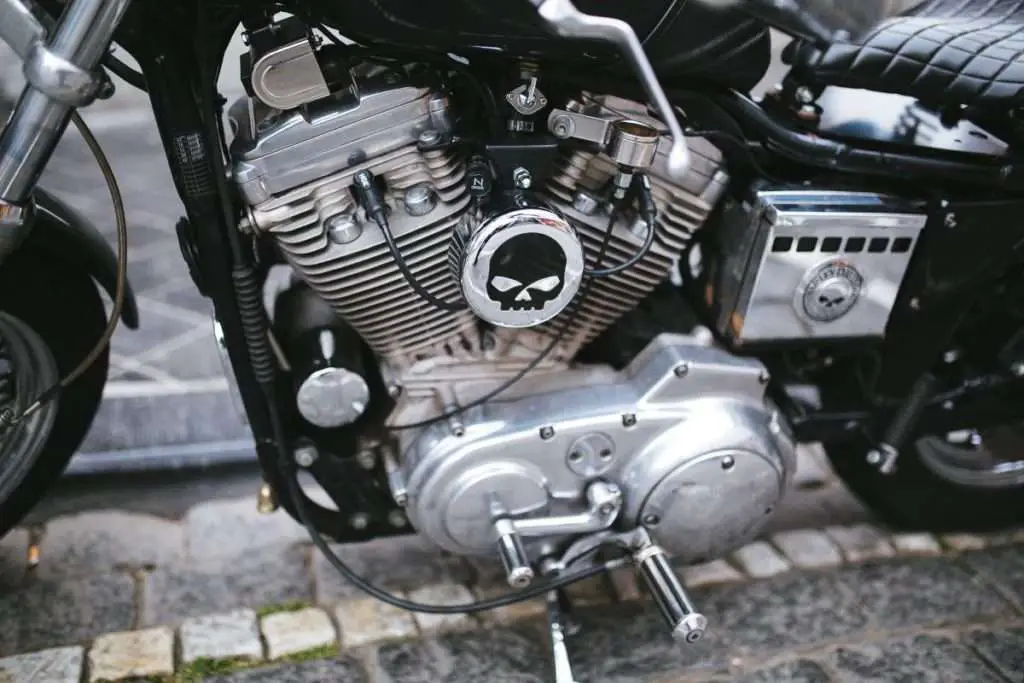
In a nutshell, yes — oil coolers are the most efficient way to cool oil and prevent overheating. When serving as a lubricant, engine oil must have the right viscosity in order to slide through while still properly lubricating moving parts. An oil cooler is the best way to make sure oil isn’t too viscous and sludgy, or not viscous enough and runny.
There are plenty of benefits that come from having one around and many disadvantages if you decide to skip out. Too much heat can wreak serious havoc on your engine and cost you more in the long run than if you took the preventative measures. Below are the different types of cooling systems in motorcycles, the pros and cons of oil coolers, and the best-rated systems out there.
How to Know if Your Bike is Overheating
A motorcycle is most susceptible to overheating on longer trips, or if left running in traffic for too long. Minor overheating can cause damage to the engine in the long run, but if unattended to, overheating can cause an engine to seize, posing a danger to riders. Here are some things to look out for when monitoring how hot your bike is getting.
1. The smell of burning debris
The first thing you’ll likely notice from an overheating engine is a burning smell. Do not ignore this! Smoke may follow either from the engine or exhaust. Keep note of any unusual smoke activity.
2. Loss of power or sluggishness
Another thing to look out for is a loss of power. If your bike was previously riding smoother and faster and is now lagging behind, this could mean that your engine is overheating. It may even feel heavier beneath you.
3. Shifting difficulties
You may even notice difficulties in shifting gears. This could be caused by many different things, but it’s always smart to check out your systems and make sure everything is operating properly.
What To Do if Your Bike Overheats
If your bike overheats in use, the safest thing to do is to park and let your bike cool down. Turn off the engine and wait 15-20 minutes before starting up again. This may be a one-time thing; if you turn back on your engine and it continues to work smoothly, don’t worry too much. However, if your bike is continuously overheating, call a mechanic.
If your bike overheats while you’re stuck in traffic, turn it off so long as you can safely. This assumes stand-still traffic. If the traffic is moving, pull over and let your bike cool down.
Purchasing an Oil Cooler
You can purchase oil coolers online at a variety of places including Amazon, Jagg, and Ultracool. You can also take your bike into a trained mechanic who can install or repair your cooler for you. An oil cooler kit will likely set you back at least a couple hundred dollars, but there are many different options on the market to fit your budget.
Best Oil Cooler for Your Bike
With all of the different coolers on the market, it can be intimidating to decide which one is best for you. This chart compiles some of the best recommended cooler radiators, according to these sources.
| Product | Features |
| Jagg Oil Coolers Vertical 6 Row Oil Cooler | – Specifically designed for Harley Davidson bikes- Delivers 3x the cooling surface- Easy installation |
| Harley Davidson Design Billet Oil Cooler | – Quick and easy installation- Made from aircraft quality billet aluminum- Claims you can “lay your knuckles on your rear valve cover at 55 mph on a 70-degree day without burning them” |
| Chrome Mini Oil Cooler Kit For Harley-Davidson | – Small, only 5”x2”x1”- Easy installation- Affordable |
| Jagg Horizontal Low Mount Oil Cooler Kit | – Multipass oil flow- 10 rows- Highly concentrated air fins |
The Pros and Cons of Installing a Motorcycle Oil Cooler
With any decision, it’s important to weigh both the advantages and disadvantages, especially when dealing with an expensive bike. In terms of an oil cooler, the benefits definitely outweigh the drawbacks. Always do your own research before making a decision, and consult your local mechanic. Below are some of the pros and cons of installing an oil cooler on your motorcycle.
Pros
The main purpose of an oil cooler is to prevent engine oil from overheating while still keeping it at a usable viscosity. Installing an oil cooler protects from long-term damage and extends engine life. Oil coolers are also typically a cheaper and simpler solution to liquid-cooled systems, referenced above. Their design makes them easier to install, they weigh less and often require less maintenance than their heavy-duty counterparts.
Cons
The main drawback of an oil cooler is the difficult placement. It cannot be placed directly on the back of the radiator, yet still needs airflow to work properly. Coolers can also add extra weight, limit engine efficiency, and not every bike can be equipped with one.
The Longevity of Your Motorcycle Oil Cooler
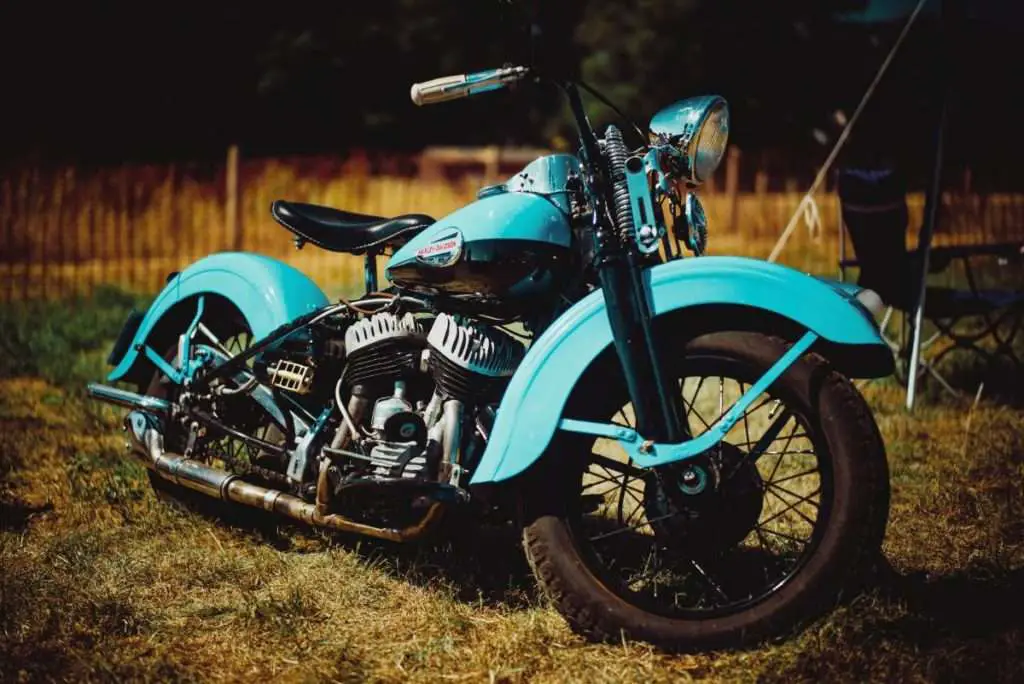
When thinking about installing an oil cooler in your bike, it’s important to consider how much of a lifespan the cooler will have before needing to be replaced. Luckily, an oil cooler should last for the entire lifespan of your bike, according to Your Mechanic. Of course, there can always be situations that arise in which a cooler needs to be inspected or even replaced.
What are some things to look out for in a failing oil cooler? It’s always important to take note of anything irregular in the way your bike operates. Some symptoms of a failing oil cooler include:
1. Leaking oil
An oil cooler is set up so that engine oil flows first through the cooler before circulating through the rest of the bike. If you notice oil leaks underneath your bike, it could mean your cooler isn’t working properly. Contact a mechanic as soon as possible.
2. A rise in temperatures (or your bike feels hotter than normal)
If you’re noticing your bike overheating even with an oil cooler installed, that could mean your cooler isn’t working as it should be. The entire purpose of the cooler is to keep your bike from reaching unsafe temperatures. This is something that should be immediately checked out to avoid any engine damage or dangerous situations.
3. Loss of power
The symptoms of a failing oil cooler often mimic the symptoms of a bike overheating. If the cooler is not working properly, the bike will likely heat to unsafe temperatures and can result in the loss of engine power.
What Causes a Break in a Motorcycle Oil Cooler

An oil cooler can break down just like any other part of your bike. The main cause for this break is typical wear-and-tear, combined with irresponsibility in maintaining your motorcycle. If you visit the mechanic for regularly scheduled oil changes and inspections, your cooler will likely last the entirety of your bike’s lifespan. Sometimes, however, your cooler can become damaged. The oil lines may become disconnected, holes in the aluminum may form, or the oil pressure may become unbalanced.
It’s always important to keep an eye out for the symptoms listed above along with anything that seems out of the ordinary. Always err on the side of caution when dealing with a broken cooler or anything that involves oil leaks, coolant leaks, and engine damage.
Repairing a Broken Oil Cooler
When repairing an oil cooler, you can either try to fix it on your own or take your bike into a mechanic and have it professionally looked at. Motorcycle oil coolers are typically made out of aluminum, so a leaky hole can be fixed by welding. However, this is incredibly difficult to do if you are not well-versed in auto parts or welding. It is recommended that you take your bike into a mechanic who can either repair the oil cooler for you or replace it if need be.
Costs of Repairing a Broken Oil Cooler
While regular oil checks at the mechanic may seem unnecessary and pricey, it’ll save you money in the long run. While the cooler itself may only run you back a few hundred dollars as mentioned above, the cost of a mechanic’s labor will increase your spending to anywhere between $500-$600 on average.
Protect yourself and your bank account by utilizing your bike properly and getting frequent oil changes. Do not overextend your bike’s abilities and look into something more heavy-duty if you have a bigger engine, such as a liquid-cooling system.
Just a Few Final Thoughts
An oil cooler is a great way to protect your engine and increase your bike’s lifespan without breaking the bank. A good intermediate between air-cooling and liquid-cooling, oil coolers work efficiently and can support most smaller engines. They help to alleviate headaches and overheating on longer road trips, when stuck in traffic, and just over time. They’re lightweight, affordable, and easy to find.
There are certainly some drawbacks to installing an oil cooler, such as the difficult placement and the limit to engine efficiency, but they are highly recommended. When in doubt, always contact your local mechanic to see if an oil cooler is right for you, and which model would best suit your bike’s needs.


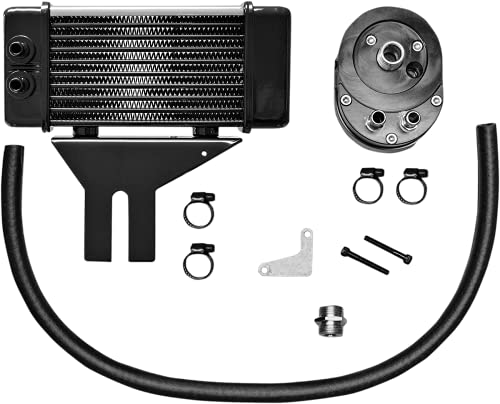
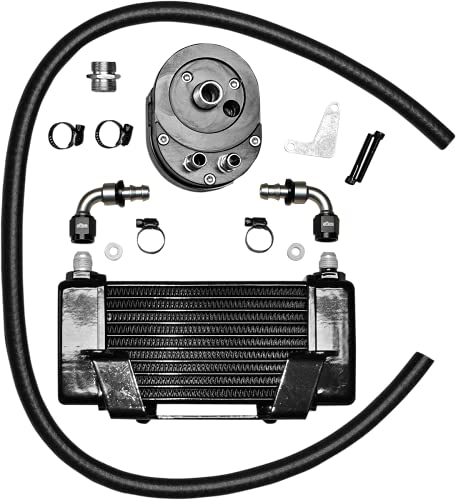
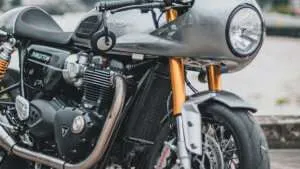 Do Motorcycle Radiator Guards Cause Overheating?
Do Motorcycle Radiator Guards Cause Overheating?  Do Heated Motorcycle Gloves Work?
Do Heated Motorcycle Gloves Work? 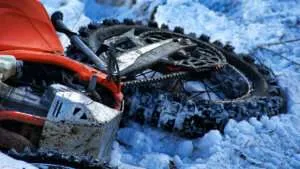 So You Dropped Your Bike and It Won’t Start, Now What?
So You Dropped Your Bike and It Won’t Start, Now What? 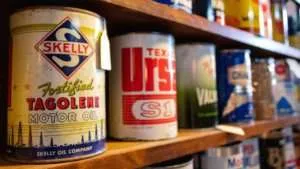 Do You Change Your Motorcycle Oil After Winter? What’s Better?
Do You Change Your Motorcycle Oil After Winter? What’s Better?